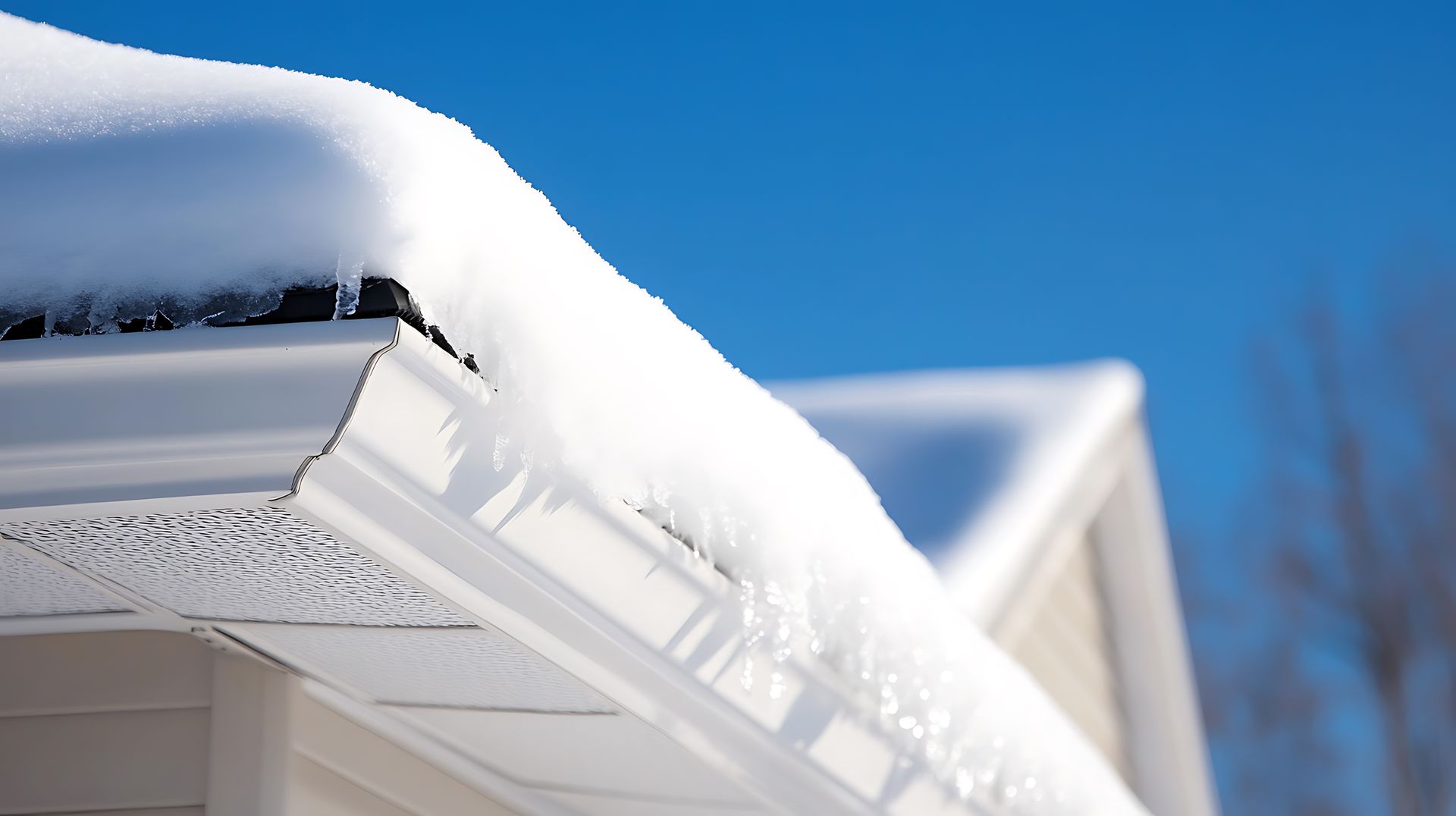Purchasing a home is one of the most significant investments many of us will make in our lifetimes. In the excitement of finding a dream home in Ohio, it’s easy to overlook the crucial step of conducting a thorough home inspection. However, skimping on this process can lead to unexpected and often costly repairs down the line. Let's explore the long-term financial benefits of a comprehensive home inspection for Ohio home buyers, emphasizing how it can save money by avoiding costly repairs.
Uncovering Hidden Issues
A detailed home inspection dives deep into the property's condition, uncovering potential issues that aren't visible during a typical walkthrough. In Ohio, where homes can range from brand-new constructions to centuries-old structures, the variety of possible hidden problems is vast. From foundational cracks hidden beneath the soil to aging roofs that look intact from the ground, an inspector’s trained eye can identify issues that could become financially draining repairs after purchase.
Negotiating Power
Armed with a thorough inspection report, buyers have leverage in negotiating the home's price or requesting repairs before closing. Sellers are often willing to cover these costs to proceed with the sale. This negotiation phase is critical in Ohio’s diverse market, where home conditions vary significantly. Without an inspection, buyers may miss the opportunity to have sellers address major issues or adjust the offer to account for future repair costs, ultimately saving thousands of dollars.
Planning for Future Expenses
An inspection doesn't just identify current problems; it also provides a forecast of potential future expenses. For example, if an Ohio home's furnace is nearing the end of its typical lifespan, buyers can plan for this expense rather than being caught off guard when the system fails. This foresight allows for better financial planning and savings allocation, ensuring homeowners aren't overwhelmed by sudden, significant outlays.
Insurance Savings
Certain findings in a home inspection report, such as updated electrical systems or a well-maintained roof, can lead to savings on homeowners insurance. Insurance companies often adjust premiums based on the risk associated with the property. By ensuring that major systems are in good condition or noting improvements made to the home, buyers might qualify for lower insurance rates, contributing to long-term savings.
Avoiding Costly Surprises
The most straightforward financial benefit of a home inspection is the avoidance of costly surprises. Repairing foundational damage, mold remediation, or replacing an outdated HVAC system can cost thousands of dollars. An inspection provides a clear picture of what you’re buying into, helping to avoid such financial pitfalls. This is particularly important in Ohio, where older homes might hide issues not apparent to the untrained eye.
Enhancing Investment Value
Finally, a thorough inspection ensures that your investment grows over time. Identifying and addressing any issues early, you maintain and possibly increase the home's value. In Ohio's competitive real estate market, a well-maintained home stands out and can command a higher resale price in the future.
Conclusion
In Ohio’s varied real estate landscape, a comprehensive home inspection is indispensable for anyone looking to make a sound investment. It not only saves buyers money by uncovering hidden issues, providing negotiation leverage, and planning for future expenses but also enhances the long-term value of their investment. Skipping this critical step might save a few hundred dollars upfront, but the potential long-term costs far outweigh this initial saving. Remember, when buying a home in Ohio, an inspection is not just a part of the process; it's a shield against unforeseen financial burdens, safeguarding your investment for years to come.




